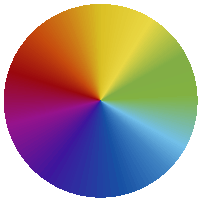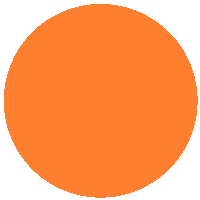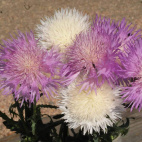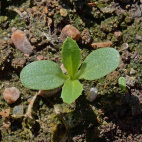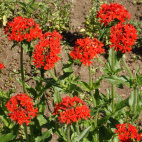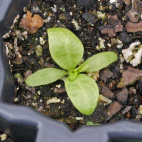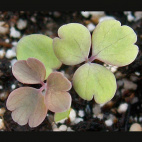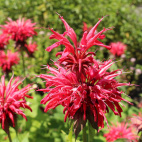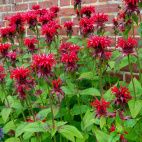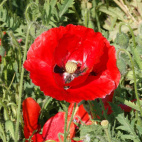Color
Availability
USDA Zone
Region
Type
Duration
Season
Germination
Soil
Sunlight
Height
Use
Narrow Your Search
Color
Availability
USDA Zone
Region
Type
Duration
Season
Germination
Soil
Sunlight
Height
Use
Wildflower Seeds - Northern Region
The Northern region is home to our Canadian friends in the eastern provinces, as well as the northern-most part of the Eastern US. This area is characterized by a long, cold winter with lots of snow, and a short humid summer that only lasts about 3 or 4 months. Most of the area is classified as a UDSA Growing Zone 4 or less, and the species that grow here have interesting ways to perpetuate themselves in spite of the short growing season. There are a lot of forests and wetlands in this region, so adequate moisture is hardly ever a problem. Look up your growing zone to make sure that the Northern wildflower seeds that you want to grow are winter hardy. Alternatively, just order annual flower seeds online so that the plant does not need to make it through the winter, but can reseed itself and come back from seed the next year.
-
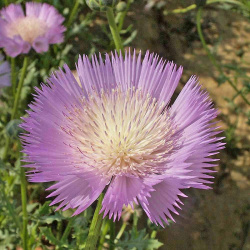 Imperialis Sweet Sultan Seed Mix
Amberboa moschata
These colorful, sweetly scented powder puffs are a cottage garden favorite. The easy-to-grow annual is excellent for cut flowers.Quick Viewx
Imperialis Sweet Sultan Seed Mix
Amberboa moschata
These colorful, sweetly scented powder puffs are a cottage garden favorite. The easy-to-grow annual is excellent for cut flowers.Quick ViewxImperialis Sweet Sultan Seed Mix
Amberboa moschata
These colorful, sweetly scented powder puffs are a cottage garden favorite. The easy-to-grow annual is excellent for cut flowers.
$3.48 Pkt - $8.70 / Oz -
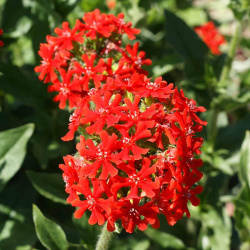 Maltese Cross Seeds
Lychnis chalcedonica
Growing in bright reddish-orange clusters, these striking flowers resemble a pointed star or cross. Hummingbirds and Swallowtail butterflies are attracted to the perennial blooms, which can easily be grown in most flower gardens.Quick View$2.98 Pkt - $9.88 / Oz
Maltese Cross Seeds
Lychnis chalcedonica
Growing in bright reddish-orange clusters, these striking flowers resemble a pointed star or cross. Hummingbirds and Swallowtail butterflies are attracted to the perennial blooms, which can easily be grown in most flower gardens.Quick View$2.98 Pkt - $9.88 / Oz -
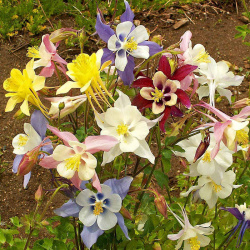 McKana Giants Columbine Seed Mix
Aquilegia caerulea
Developed explicitly for its large colorful blooms, this AAS Award winner first became available in the 1950s. A striking choice for any gardener who loves the distinctive columbine shaped flowers.Quick View$3.48 Pkt - $20.16 / Oz
McKana Giants Columbine Seed Mix
Aquilegia caerulea
Developed explicitly for its large colorful blooms, this AAS Award winner first became available in the 1950s. A striking choice for any gardener who loves the distinctive columbine shaped flowers.Quick View$3.48 Pkt - $20.16 / Oz -
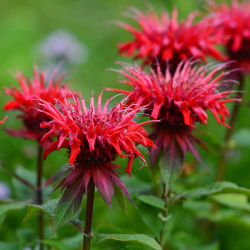 Out Of Stock
Red Bee Balm Seeds
Monarda didyma
Once used as a remedy for bee stings, this wildflower is appreciated as a medicinal herb. The spiky, red blossoms are very attractive to bees, butterflies, and hummingbirds.Quick Viewx
Out Of Stock
Red Bee Balm Seeds
Monarda didyma
Once used as a remedy for bee stings, this wildflower is appreciated as a medicinal herb. The spiky, red blossoms are very attractive to bees, butterflies, and hummingbirds.Quick ViewxRed Bee Balm Seeds
Monarda didyma
Once used as a remedy for bee stings, this wildflower is appreciated as a medicinal herb. The spiky, red blossoms are very attractive to bees, butterflies, and hummingbirds.
$3.96 Pkt - $136.00 / Oz -
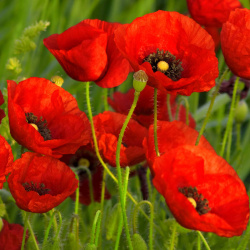 On Sale!
Red Poppy Seeds
Papaver rhoeas
This annual is often used to remember soldiers who were lost in battle. Possibly one of the world's most popular wildflowers, this vivid red beauty does evoke remembrance. Papaver rhoeas seeds are very easy to grow and self-sows readily.Quick View$2.98 Pkt - $7.65 / Oz
On Sale!
Red Poppy Seeds
Papaver rhoeas
This annual is often used to remember soldiers who were lost in battle. Possibly one of the world's most popular wildflowers, this vivid red beauty does evoke remembrance. Papaver rhoeas seeds are very easy to grow and self-sows readily.Quick View$2.98 Pkt - $7.65 / Oz -
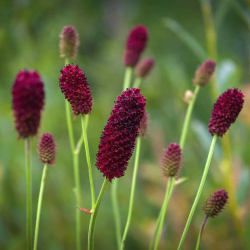 Out Of Stock
Western Burnet Seeds
Sanguisorba officinalis
Native to Europe, this prized perennial bears distinctive dark red flowers on slender, graceful stems. The cucumber-mint flavored plant is also valued as an herb and garnish.Quick Viewx
Out Of Stock
Western Burnet Seeds
Sanguisorba officinalis
Native to Europe, this prized perennial bears distinctive dark red flowers on slender, graceful stems. The cucumber-mint flavored plant is also valued as an herb and garnish.Quick ViewxWestern Burnet Seeds
Sanguisorba officinalis
Native to Europe, this prized perennial bears distinctive dark red flowers on slender, graceful stems. The cucumber-mint flavored plant is also valued as an herb and garnish.
$3.48 Pkt - $7.01 / Oz
The Northern region is home to our Canadian friends in the eastern provinces, as well as the northern-most part of the Eastern US. This area is characterized by a long, cold winter with lots of snow, and a short humid summer that only lasts about 3 or 4 months. Most of the area is classified as a UDSA Growing Zone 4 or less, and the species that grow here have interesting ways to perpetuate themselves in spite of the short growing season. There are a lot of forests and wetlands in this region, so adequate moisture is hardly ever a problem. Look up your growing zone to make sure that the Northern wildflower seeds that you want to grow are winter hardy. Alternatively, just order annual flower seeds online so that the plant does not need to make it through the winter, but can reseed itself and come back from seed the next year.


